 Today 96% of dog owners are feeding their pet some kind of commercially prepared kibble. If you go back to a time before kibble existed for pet dogs you would see how difficult it was for manufactures to convince dog owners that kibble was a better option. In 1964 a smear campaign was launched against giving "human food" or table scraps to dogs. It was called the "ban all table scraps from your dogs bowl" champagne, it was very successful. In a 2005 study conducted at Purdue University on Scottish Terriers, the results showed that adding fresh vegetables to dry commercial kibble actually prevented or slowed down the development of transitional cell carcinoma. In the study, dogs ate a diet of dry commercial pet food, while some got an assortment of vegetables added to the mix at least 3 times per week. The study found that dogs who ate any green leafy vegetables, like broccoli, had reduced the risk of developing bladder cancer by 90% and the dogs that consumed any yellow/orange vegetables like carrots reduced the risk by 70%. Link to the Study here If preventing cancer was not a big enough reason to add some human food to your dogs diet, it can have several other benefits;
Here is a great list to pull from if you are looking for some safe toppers that your dogs will thank you for:
0 Comments
The following is a quick check list of foods that you should NOT give to your dog; Alcohol - Apricot pits - Avocado
Chocolate - Chives - Coffee Grapes - Gum - Mustard seed Onions (powder and flakes) - Raisins - Rhubarb leaves Walnuts - Xylitol (sweetener)
I always advocate finding a professional if you are dealing with resource guarding. Below I have attached a video about how we deal with it here.
 Teaching a dog not to jump up on people involves consistent training, redirection, and positive encouragement. Here's a step-by-step guide on how to stop a dog from jumping up:
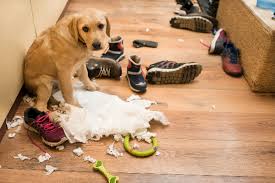 Preventing separation anxiety in dogs involves gradual training, establishing routines, and providing environmental enrichment to help your dog feel more secure when left alone. Here are some tips to prevent separation anxiety in dogs:
 To leash train a puppy, it is important to start by introducing the puppy to the leash gradually. Begin by allowing the puppy to sniff and explore the leash in a positive and calm manner. Once the puppy is comfortable with the leash, attach it to their collar and let them drag it around the house for short periods of time to get used to the feeling. Next, start by walking the puppy around the house or yard with the leash on, using treats and praise to encourage them to follow you. Gradually increase the distance and duration of the walks, always rewarding good behavior. Once your puppy gets pretty good around the house you can go for short walks around the block or even short trips into dog friendly stores like Canadian tire or Peavy mart. With a new puppy one of the best ways to reward them is by using their regular meals instead of treats. Puppies have are born with a naturally food drive and its best to take advantage of this extra motivation. Use these rewards to help your puppy learn not to pull and also heel (walking on the left side) Consistency is key in leash training, so make sure to practice regularly and be patient with your puppy. Remember to always use praise and avoid frustration, as this can create fear and anxiety in your puppy. With time and patience, your puppy will learn to walk on a leash confidently.  Potty training a puppy requires patience, consistency, and positive encouragement. Here are some steps to help you potty train your puppy:
Sample Potty Training Schedule
 When welcoming a new puppy into your home, there are several things you can expect:
|
AuthorSarah McMurdo ArchivesCategories
All
|
Paws Forward
|
What Customers Are Saying
|
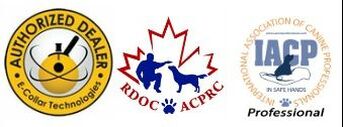
© 2018 All Rights Reserved - Paws Forward Professional Dog Training - 519-520-7899
|


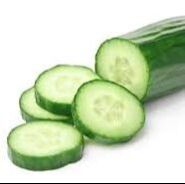





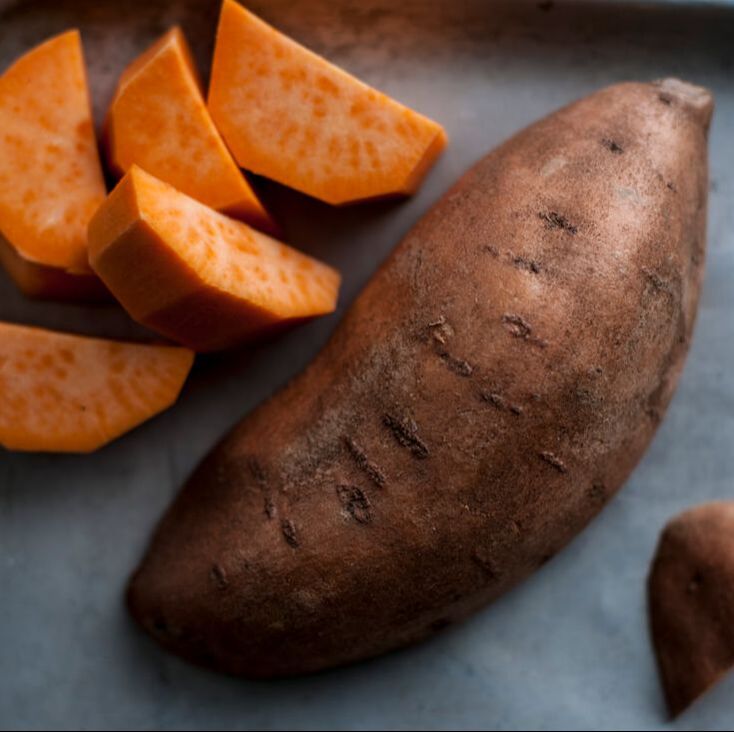
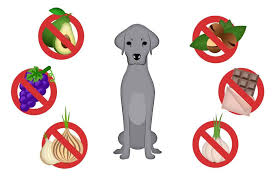

 RSS Feed
RSS Feed


